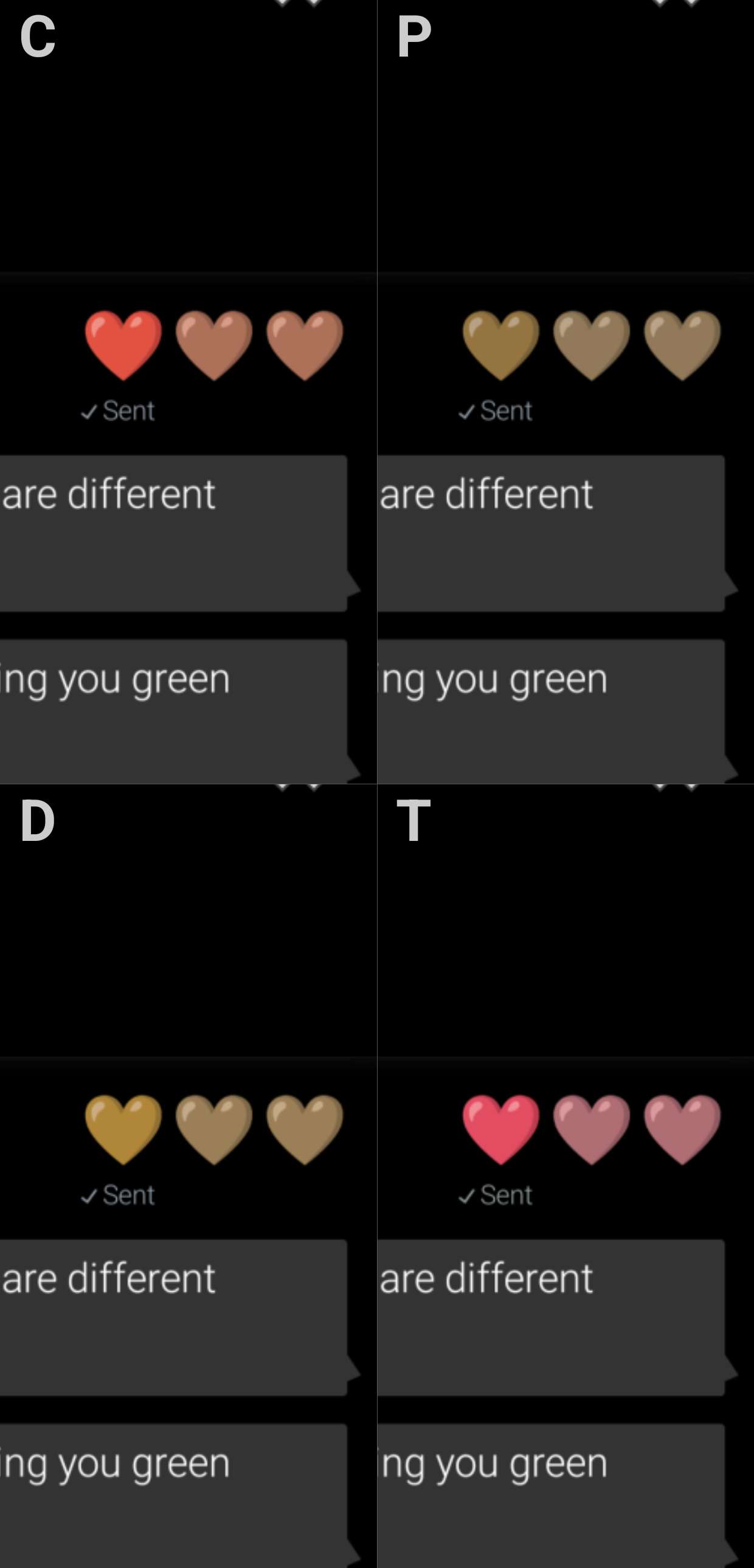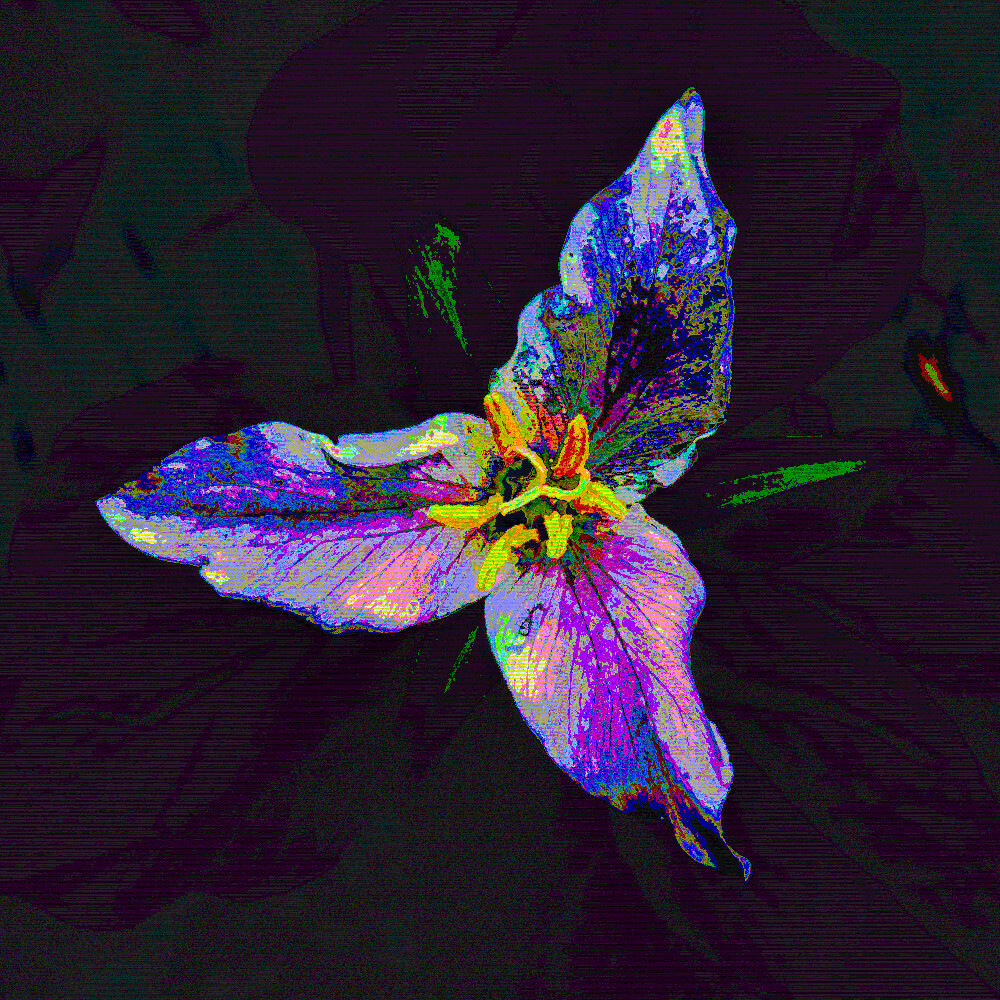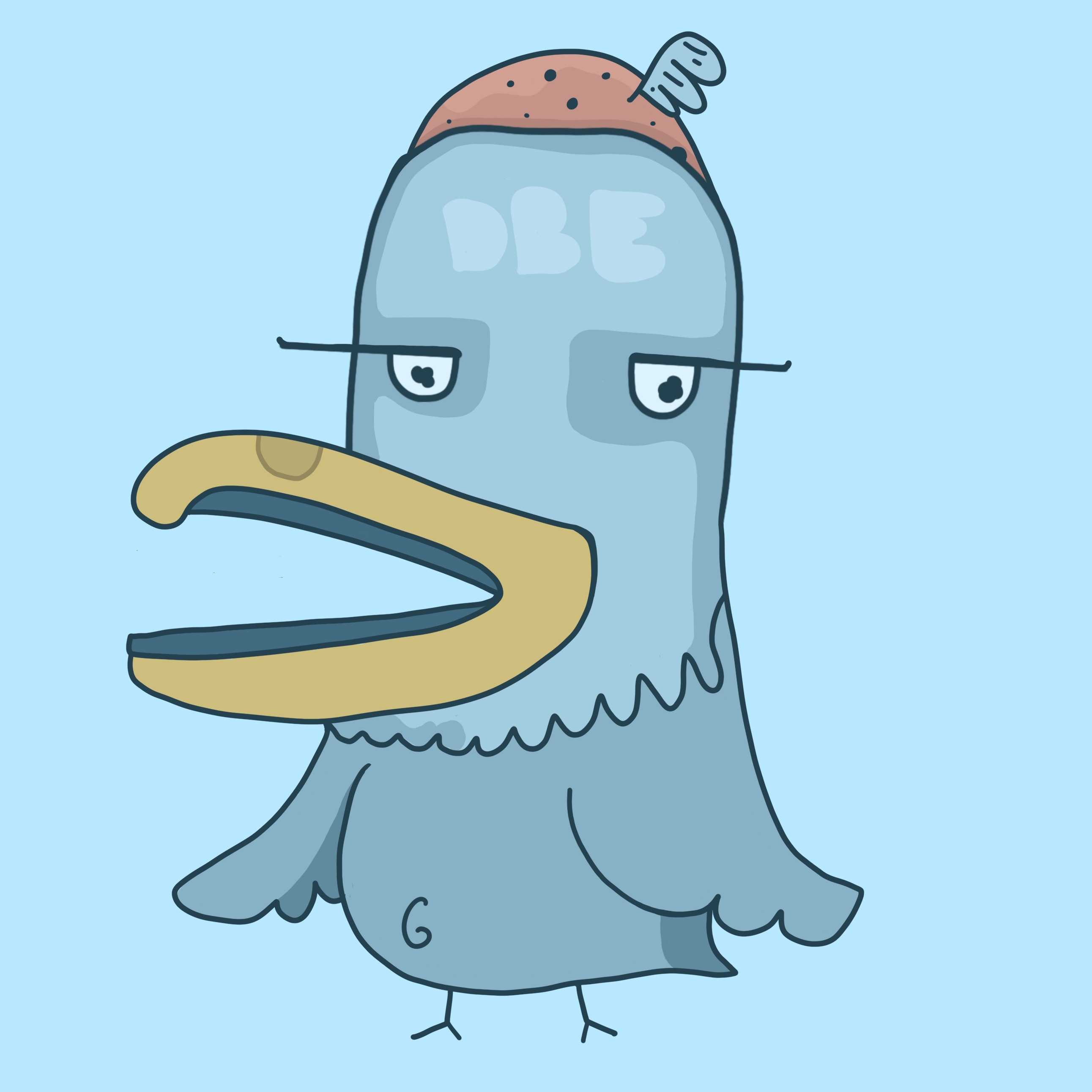
For those with functioning receptors
I had the blue light filter maxed on my phone and the brightness all the way down and they looked the same. Turning the brightness up made them slightly distinct, and turning the blue light filter off i could see a clear difference.
You must have a shitty screen. Even with my blue light filter at full intensity and brightness all the way down the colours are easy to distinguish.
Or you’re colourblind as well…
🤍🤎♥️💚💛💜💙🖤🩷🩶🩵🧡
🖤🖤🖤🖤🖤🖤🖤🖤🖤.
🖤🖤❤️❤️🖤❤️❤️🖤🖤.
🖤❤️❤️❤️❤️❤️❤️❤️🖤.
🖤❤️❤️❤️❤️❤️❤️❤️🖤.
🖤❤️❤️❤️❤️❤️❤️❤️🖤.
🖤🖤❤️❤️❤️❤️❤️🖤🖤.
🖤🖤🖤❤️❤️❤️🖤🖤🖤.
🖤🖤🖤🖤❤️🖤🖤🖤🖤.
🖤🖤🖤🖤🖤🖤🖤🖤🖤.
Obviously different colors…
Completely obvious…

NGL my colorblind ass didn’t see a difference.
It’s funny too because your pic has red hair, brown face, and green clothes, which surely some variety of colorblind will have issue with.
Fun fact: we perceive brown as a separate color, in reality brown is just a darker shade of orange.
[insert technology connections video about “brown”]
We perceive it as a different color because we have a specific name for it. Iirc in Mandarin, it is just called dark orange.
In many languages blue and green are the same word. For example Japanese didn’t have a separate word for green for centuries. Then they started using midori for green. And midori just means sprout and for a long while just meant greenish blue and not a separate distinct color. Like how we use Peach for a shade of Orange.
While Midori means a distinct green nowadays. The non distinction of blue and green from the past can still be seen today. Like green apples are called Ao Ringo which we would translate to blue apples. Or green bamboo is called blue bamboo Aodake.
It’s also why traffic lights in Japan are blueish green. Since in their traffic code they use the word Ao for Go, so blue (but also green) and not Midori. In the beginning the go light was just green as the international traffic code dictates, but some people objected since the traffic code says Ao and not Midori thus they compromised and made it blueish green.
Also young kids often mix up blue and green when they are still learning the colors. Same with red and orange.
In Italy you’d be wrong if you call the color of the jersey of the Italian soccer team blue. It’s Azzurro (azure) which it’s a distinct color in Italian, while it’s just a shade of blue in most other languages
We only have a different word for it because of oranges. Prior to that it was just “red.”
It would be like if brick-red became so commonly used that people referred to the color as “brick” and people wondered which came first.
I see you’re a fellow Brown Jacket Man enjoyer
Yeah, I love his channel, learned so many interesting things.
Edit: for anyone not familiar https://youtube.com/@technologyconnections and the video about color brown https://youtu.be/wh4aWZRtTwU
Take em down to brown town. 😏
Drink a potion, you’re almost dead!




